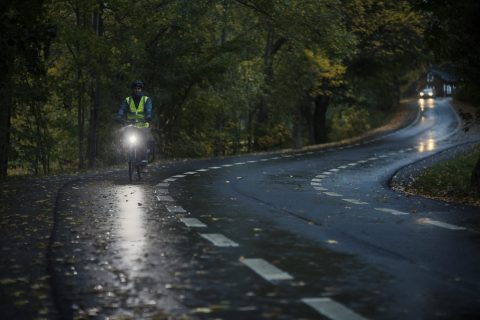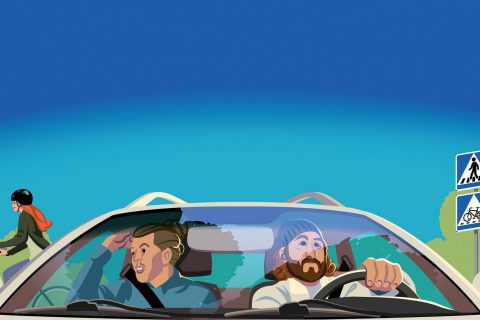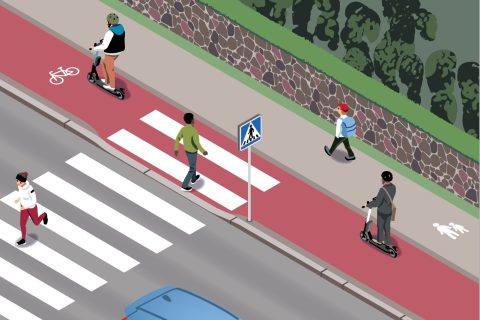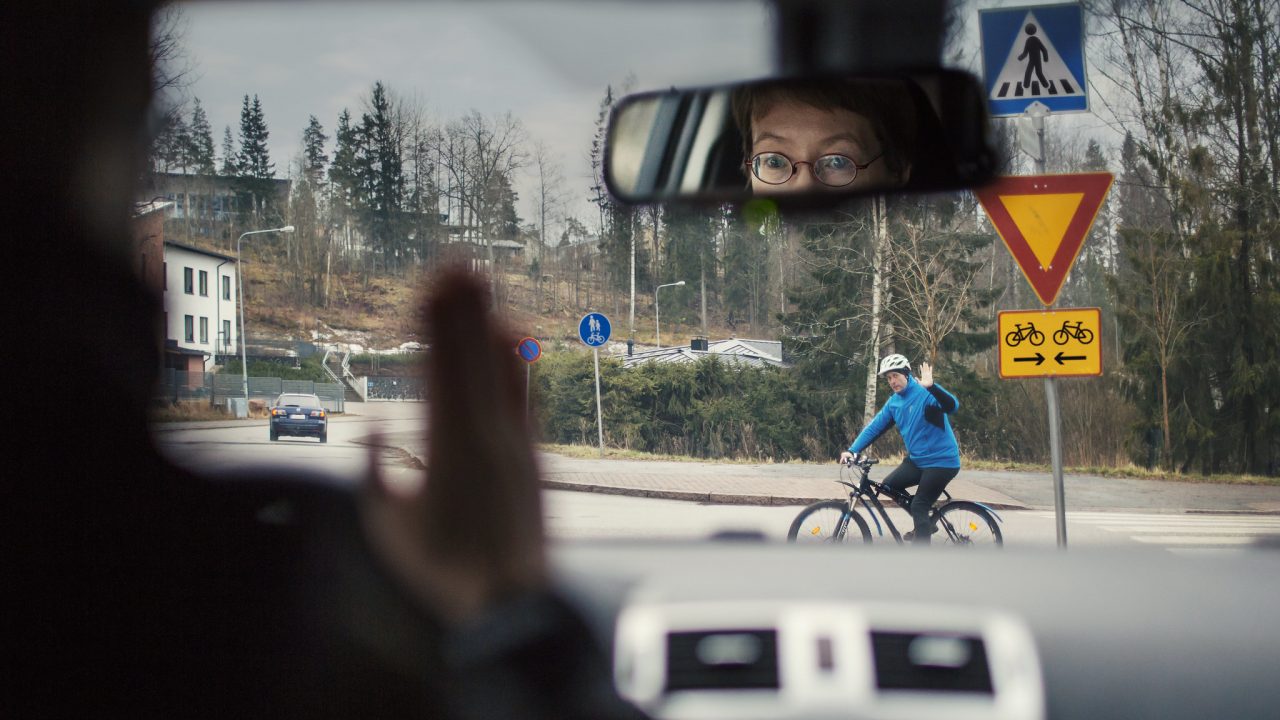
Rules of giving way in traffic
When does a motorist have to give way to a cyclist? And when is a cyclist obligated to give way? Brush up your knowledge about the rules of giving way.
As a road user, it’s your responsibility to make sure you are familiar with the various road signs and markings that you will encounter. A cyclist is a driver of a vehicle. If a cyclist rides on the road, the same rules apply to them as to other drivers. For example, at an equal intersection, you must give way to those coming from the right.
Drivers must give way to cyclists when
- the driver turns, in which case the driver must yield to those crossing the road that the driver is turning onto,
- the driver comes from a low-speed residential road, pedestrian street, yard, parking area or other similar area,
- the driver comes from behind a traffic sign indicating the obligation to give way. These signs include the yield and stop signs – as a result of the new Road Traffic Act, also the new “give way sign for a cyclist crossing” sign.
- a cyclist crosses the road when the motorist comes from behind the give way sign to a roundabout or when leaving the roundabout.
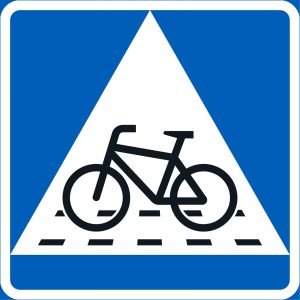
Cyclists must give way to drivers/carriageway traffic when:
- the cyclist rides from a cycling track to the carriageway, they must give way to traffic from both the left and the right, unless it is one of the above give way situations or otherwise indicated by traffic signs.
- the cyclist rides from a low-speed residential road, pedestrian street, trail, yard or similar area, or when riding across a road in places other than a crossroads. In addition to vehicle traffic, it should be noted that cyclists as operators of vehicles must also give way to pedestrians and other road users when entering a road.
Marking a toucan crossing
The new Road Traffic Act (1 June 2020) introduced a change in the marking of a toucan crossing. In the past, toucan crossings did not indicate who had to give way. In the future, the road markings for toucan crossings will only be used if the traffic signs are used to indicate an obligation for those driving on the carriageway to give way to cyclists. In other words, after a transition period of two years, it can be concluded from a toucan crossing marking that the driver must give way to cyclists crossing the road.
A transition period of two years for marking toucan crossings in accordance with the new law means that the road markings are not up to date for a while. Instead of road markings, attention should be focused on traffic signs and the traffic situation as a whole.
During the transition period, there may be situations in which a toucan crossing is marked with road painting, but there is no traffic sign at a crossroads indicating obligation to give way. This means that caution and proactive driving are needed especially at crossroads. You must also monitor mirrors and turn your head to check the blind spot. Operators of both four-wheeled and two-wheeled vehicles should approach the crossroads at a speed appropriate for the situation, so that other users of the road can make the necessary observations.
If the obligation to give way is not indicated by traffic signs, giving way is determined according to the traffic rule: a cyclist entering the carriageway from a bicycle path must give way to vehicles coming from the right and the left. However, you should note that turning vehicles must always give way to pedestrians, cyclists and moped riders who are crossing the street that the vehicle is turning onto.
The Road Traffic Act also confirms the right of cyclists to ride the bicycle across a road along a zebra crossing. You may cross the carriageway by riding along the zebra crossing, but the obligation to give way is determined by the rules and traffic signs described here. If a cyclist walks their bike, they are a pedestrian. Drivers must give unobstructed passage to pedestrians who are on a zebra crossing or preparing to step onto one.

